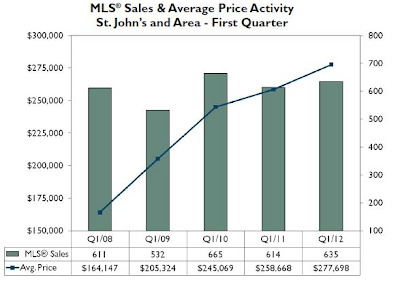

The Rent Is Too Damn High is a e-book by Slate blogger Matt Yglesias. The title was taken from gubernatorial candidate and internet sensation Jimmy McMillan. Like many affordable housing advocates, McMillan framed rising rental prices as a poverty issue: people are going hungry because they can't afford to pay the rent. While I certainly agree that the effect of rising rent on the poor is a very important aspect of this issue, high housing prices also have other ill-effects and activists would do well to arm themselves with arguments that go beyond appeals to charity.
Yglesias argues that rising housing costs in America's most prosperous urban centres (NYC, Washington D.C., Silicon Valley,...) have contributed to the tepid GDP growth and wage stagnation of the last few decades. His argument in a nutshell is that the US economy is increasingly a service economy, so workers can increase their productivity by moving to places where there are lots of people who need services. As a result, wages tend to be higher and unemployment rates lower in major population centres. Thus people have an incentive to move to big, dense cities and this drives up demand for housing in big cities. Unfortunately, obstacles like zoning restrictions and NIMBY lobbying mean that developers can't build new housing to meet the demand and this drives up prices. As a result, people have trouble moving to where the good jobs are and the economy stagnates.
I believe Yglesias' framework is very relevant in the Newfoundland context. First of all, job market conditions are much better in the North-East Avalon than elsewhere in the province. Consider unemployment rates:

In this chart, blue is the North East Avalon plus Corner Brook, Grand Falls-Windsor and Bay Roberts. The unemployment rate is much lower in larger population centres. It is also the case that incomes are higher in St. John's than elsewhere and the gap is growing.

In my opinion, one of the most important things we can do to build a stronger economy is to accommodate this migration by keeping housing affordable in the City of St. John's. This means allowing developers to meet demand by building more high density housing in the city, by relaxing zoning restrictions and standing up to NIMBY resistance. A lot of development has been stopped by residents worried about traffic, parking and aesthetics. These concerns are valid, but they need to be balanced against the effect on poverty, unemployment, economic growth and urban sprawl. City dwellers should also consider that population growth means more customers for local businesses and more tax payers to share the cost of municipal services.
The tricky thing is that the benefits of development are widespread but subtle and the disadvantages are local and obvious. I don't know what the solution is, but I'd love to hear what you think about it.
*****update*****
I focused in the original post on the labour market, but there is another side of this issue that deserves recognition. Because services can be provided more productively in population centres, those services will be better and cheaper than in rural areas. Medical and Health services tend to be better, and retailers offer cheaper prices and better selection due to competition and economies of scale. Rising housing prices in the city excludes people who would otherwise choose to take advantage of these better and cheaper services.

No comments:
Post a Comment